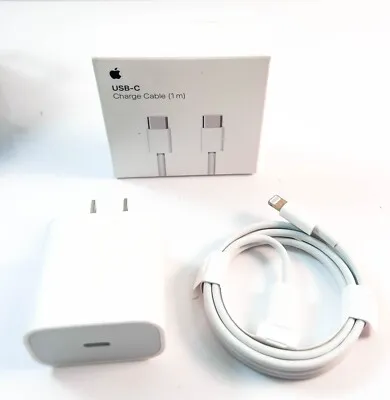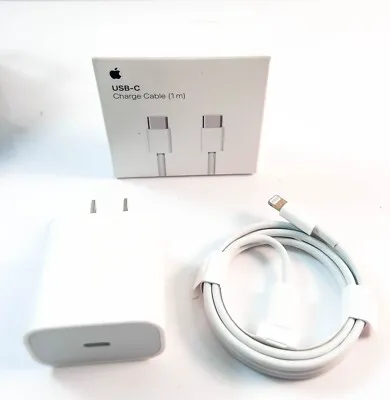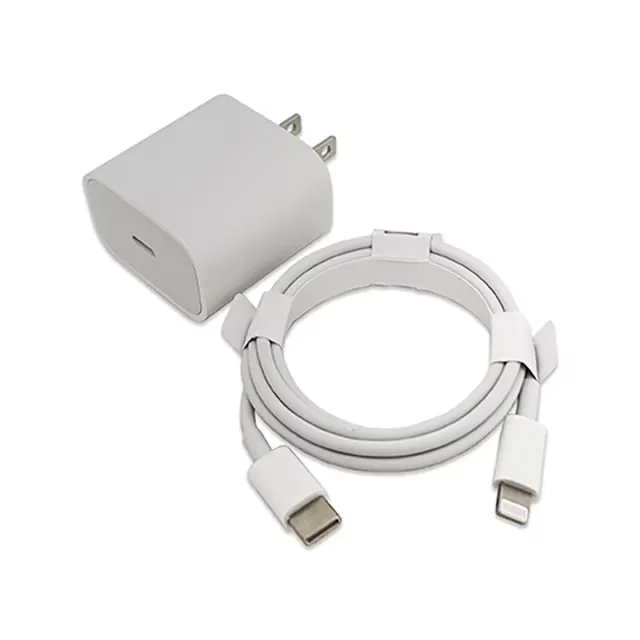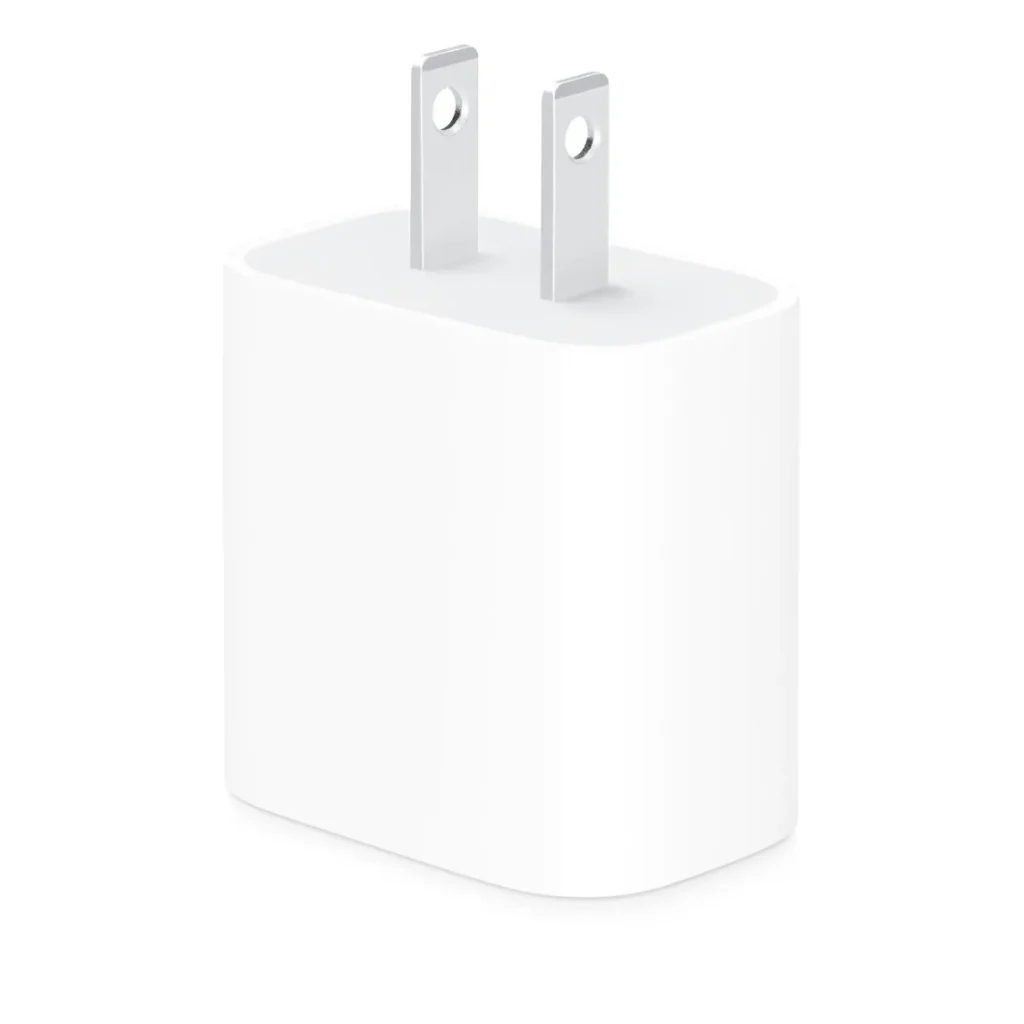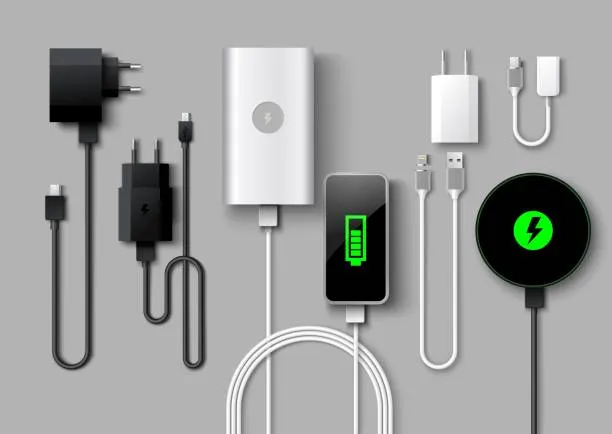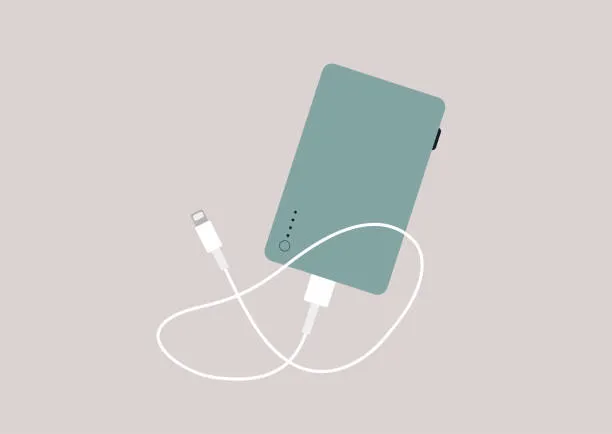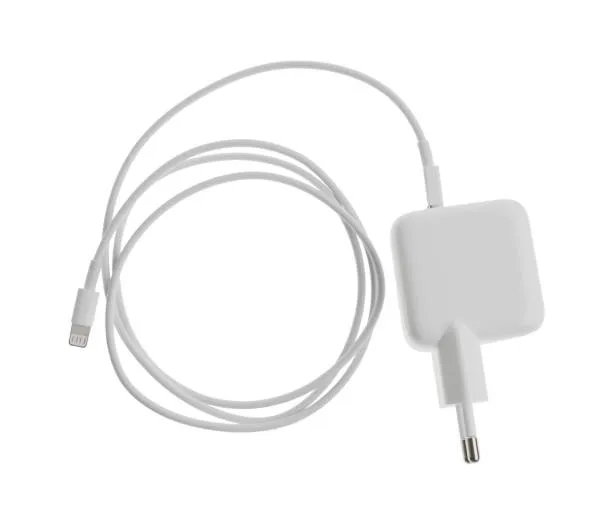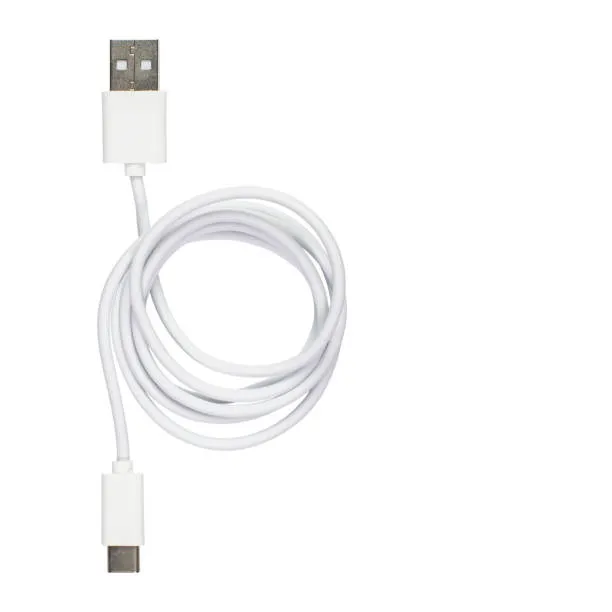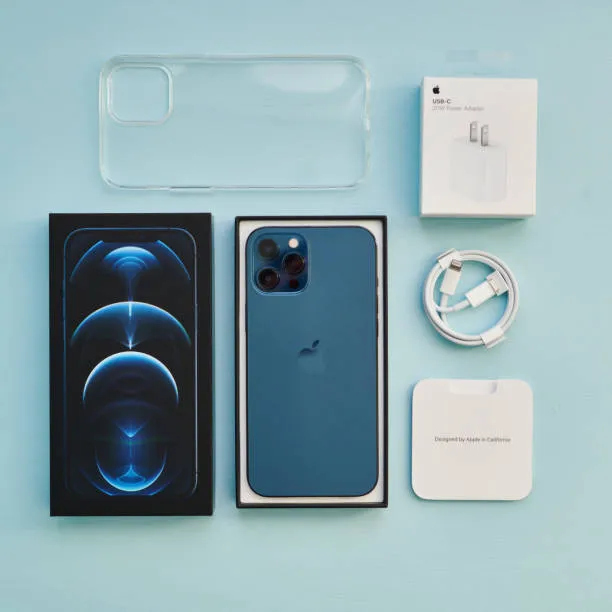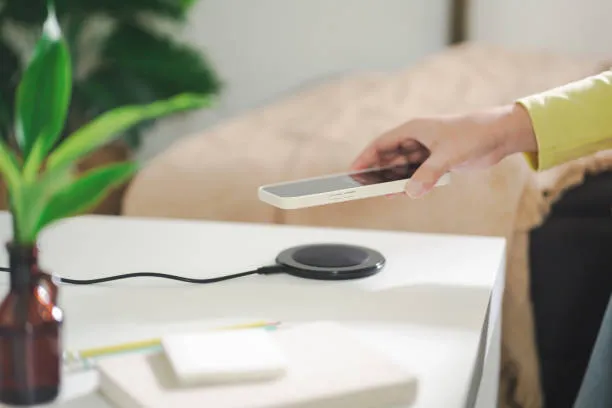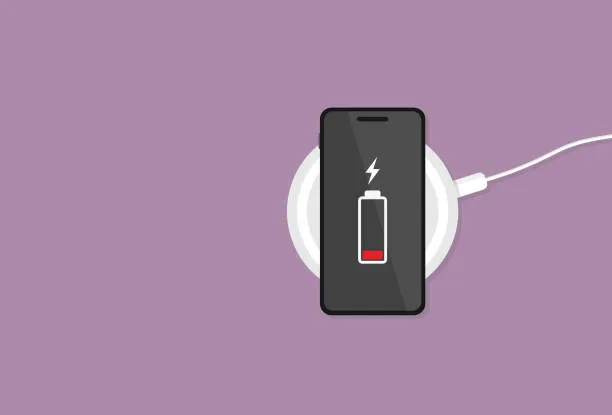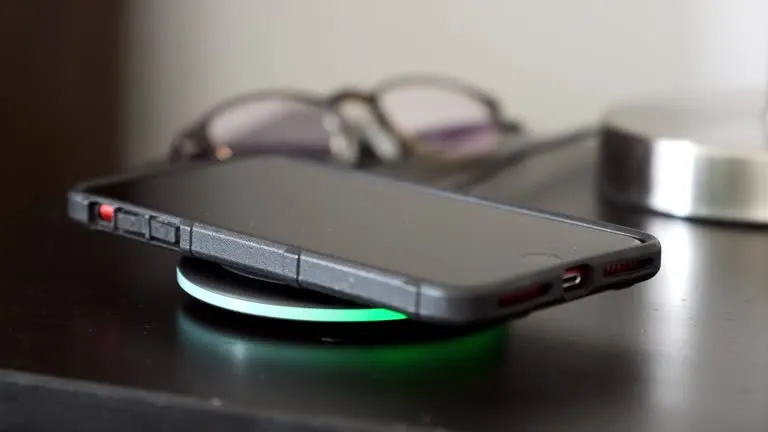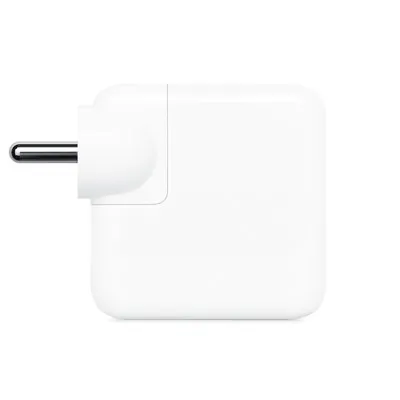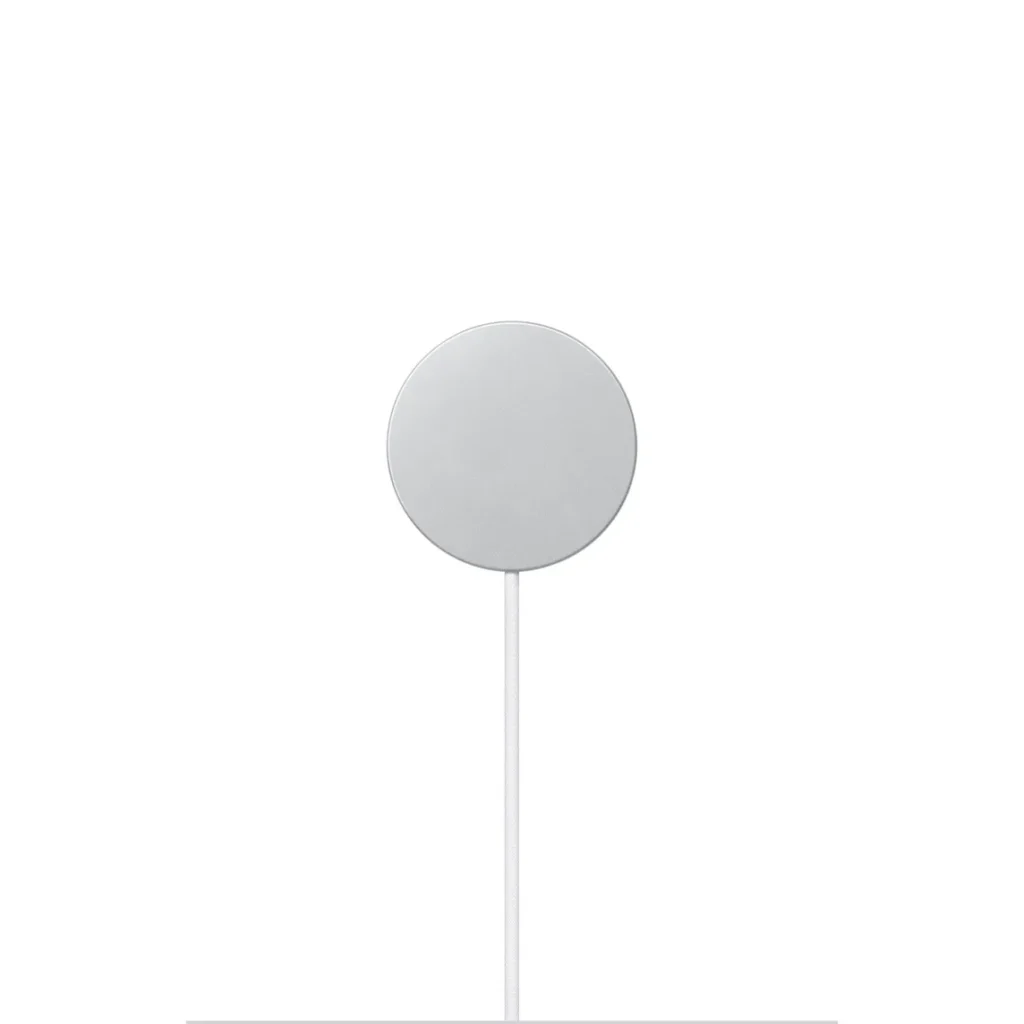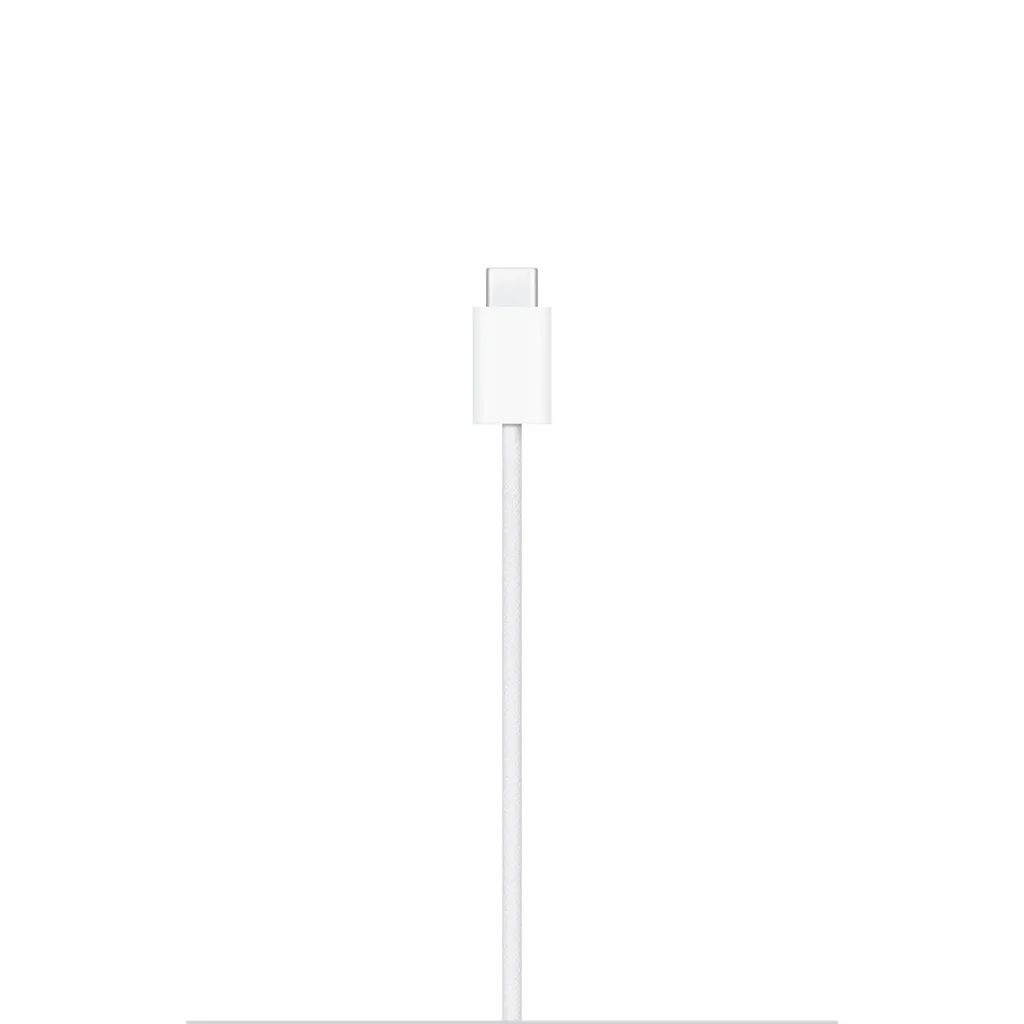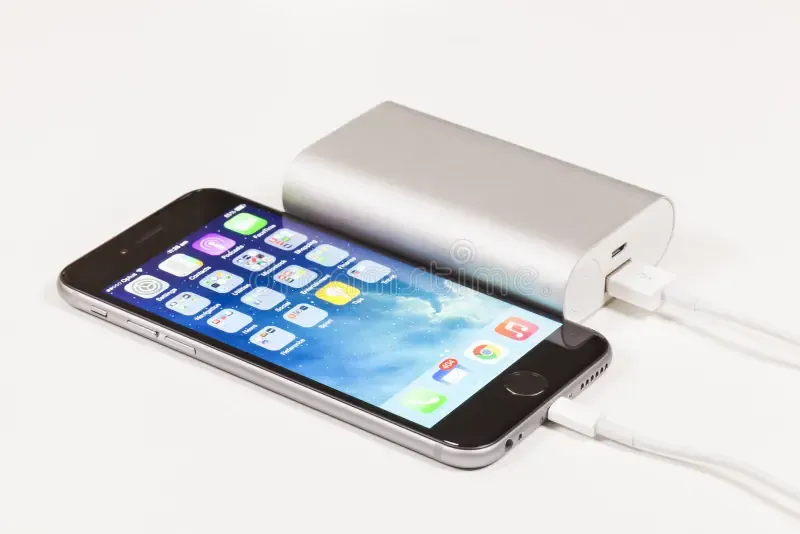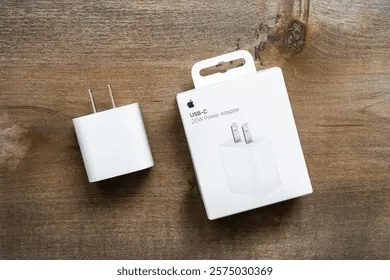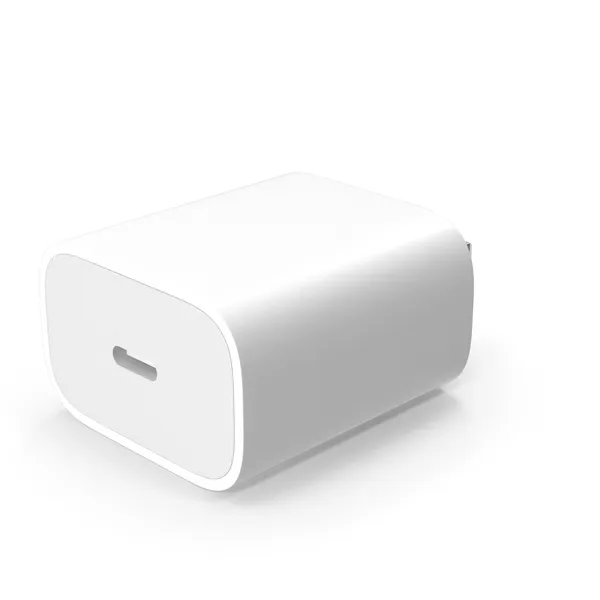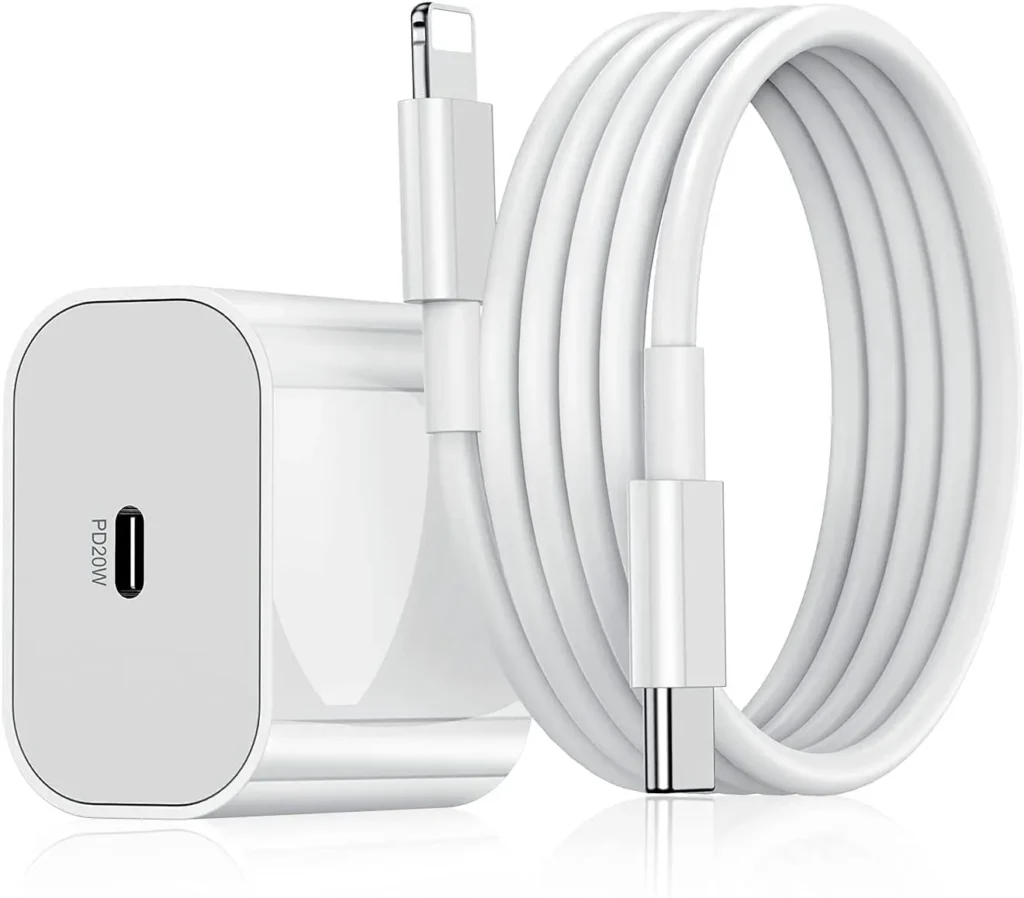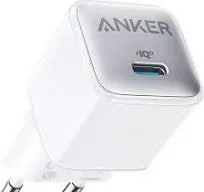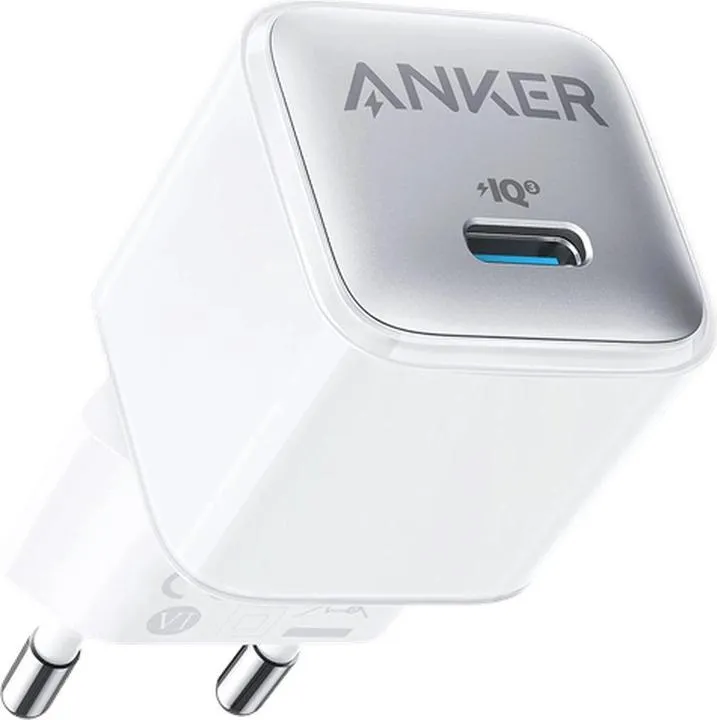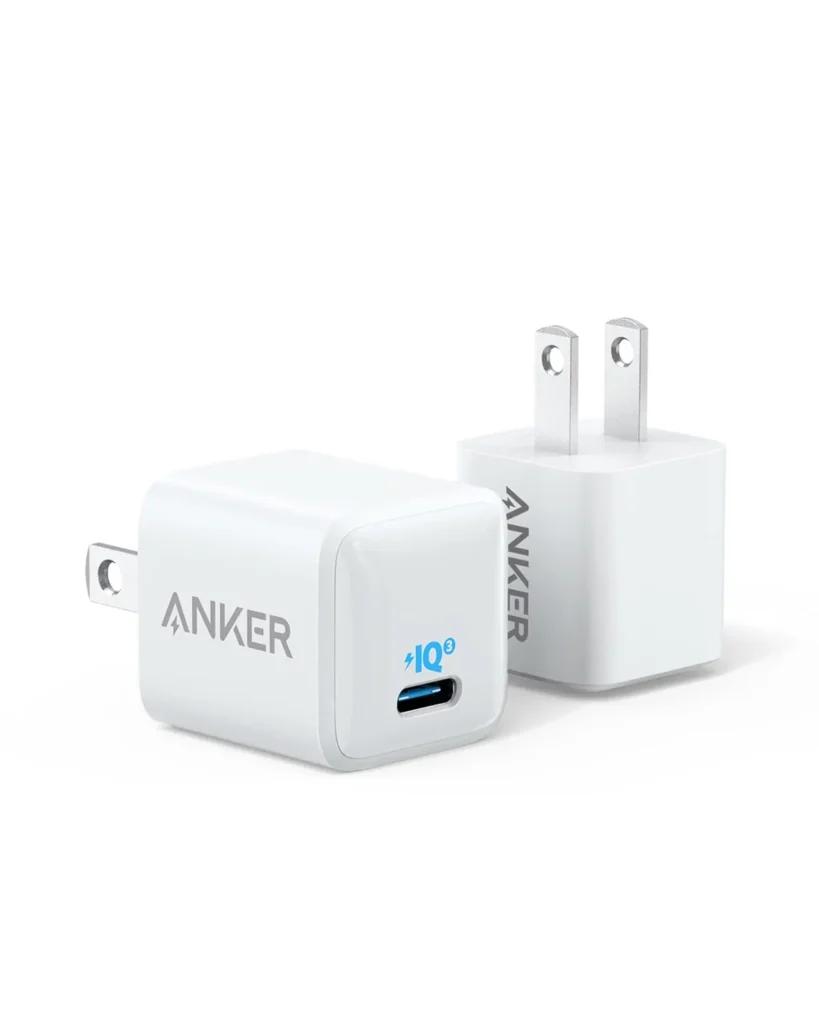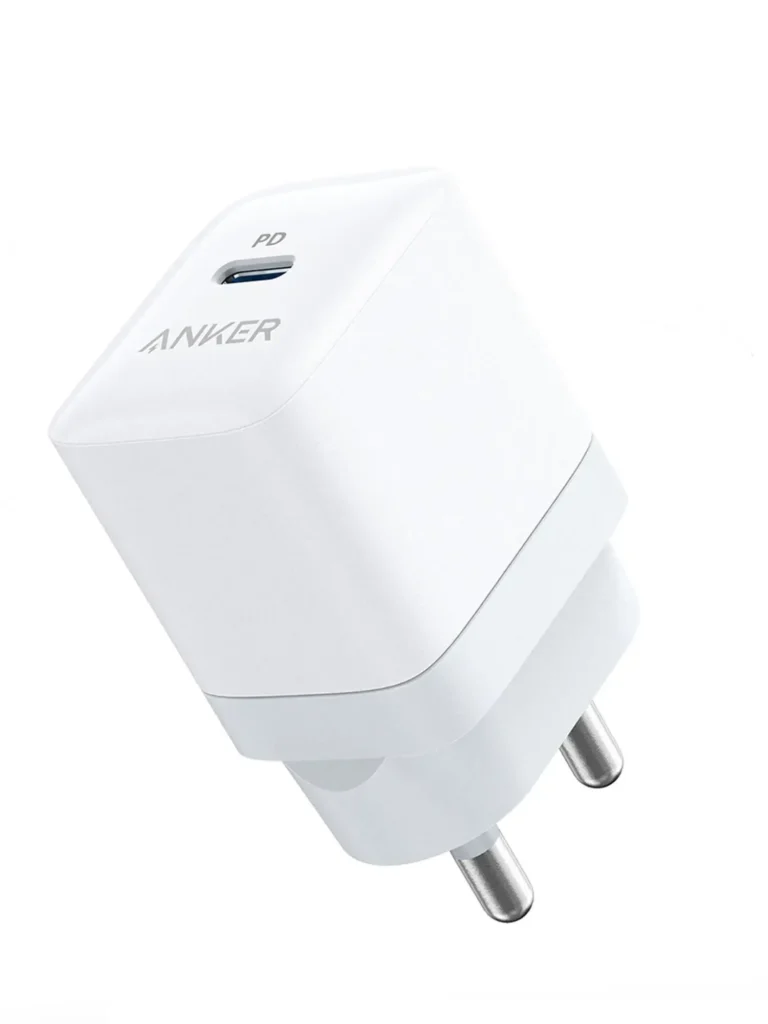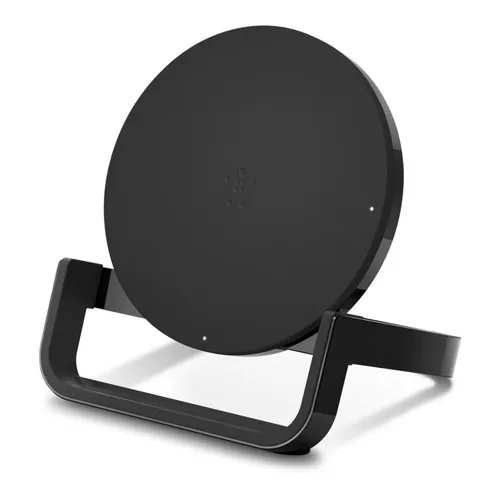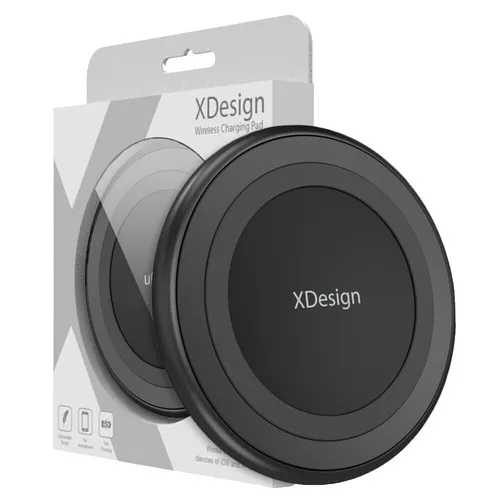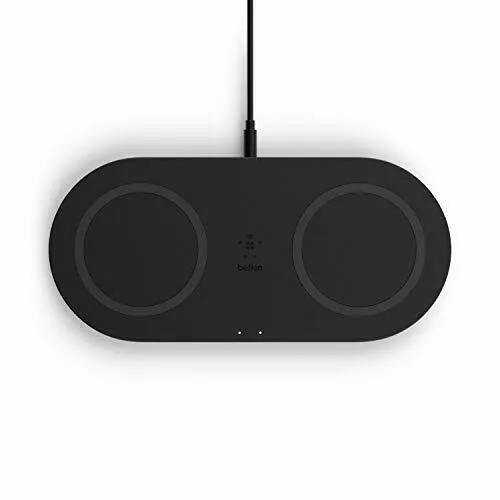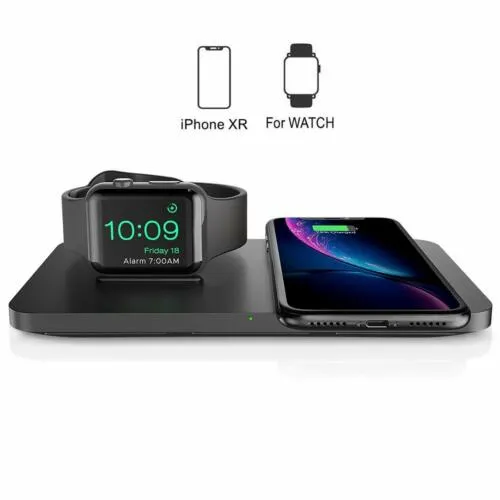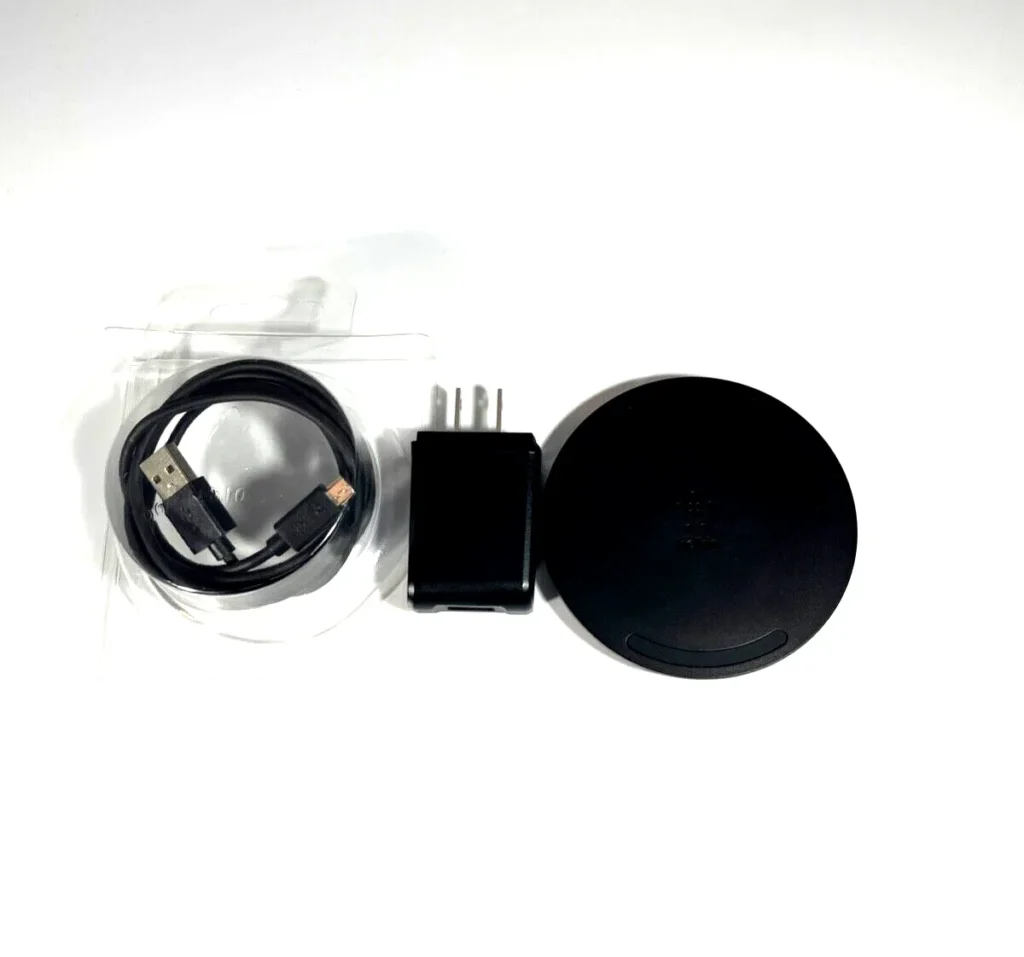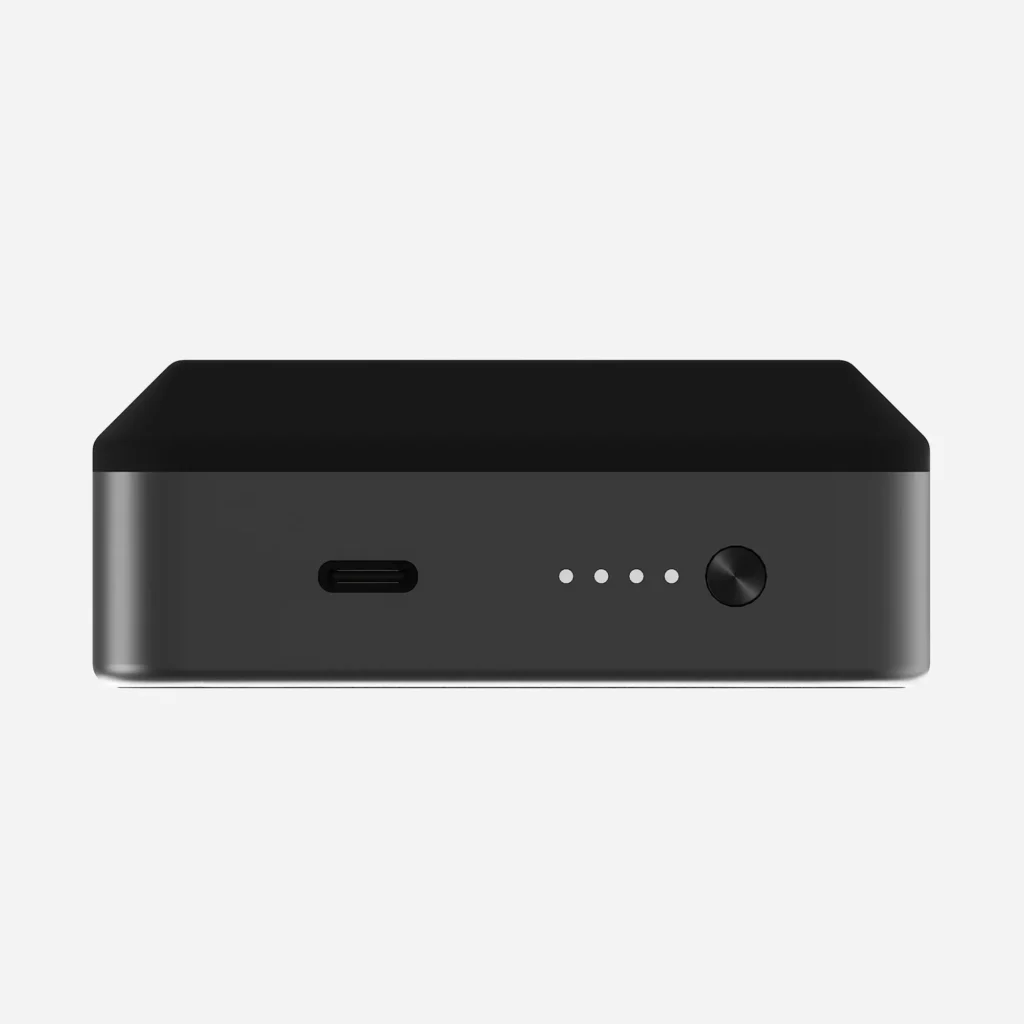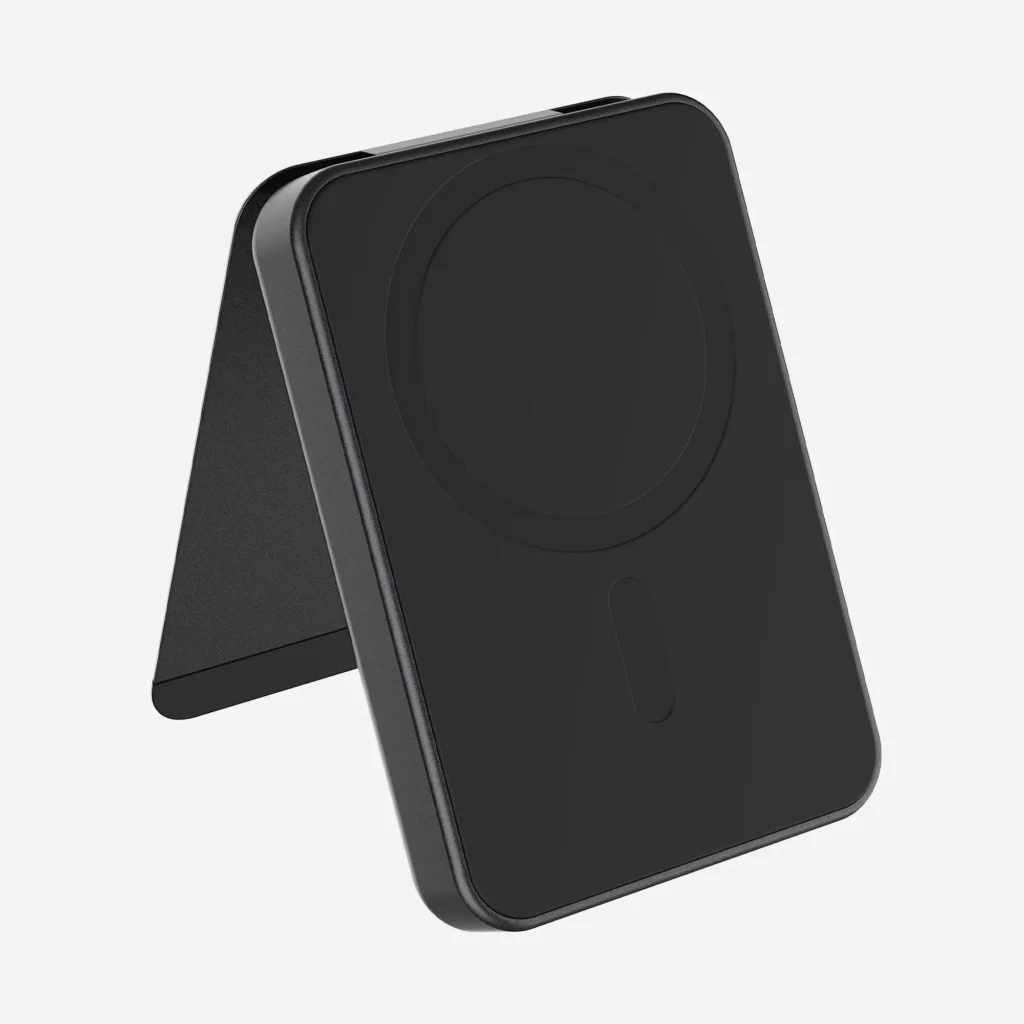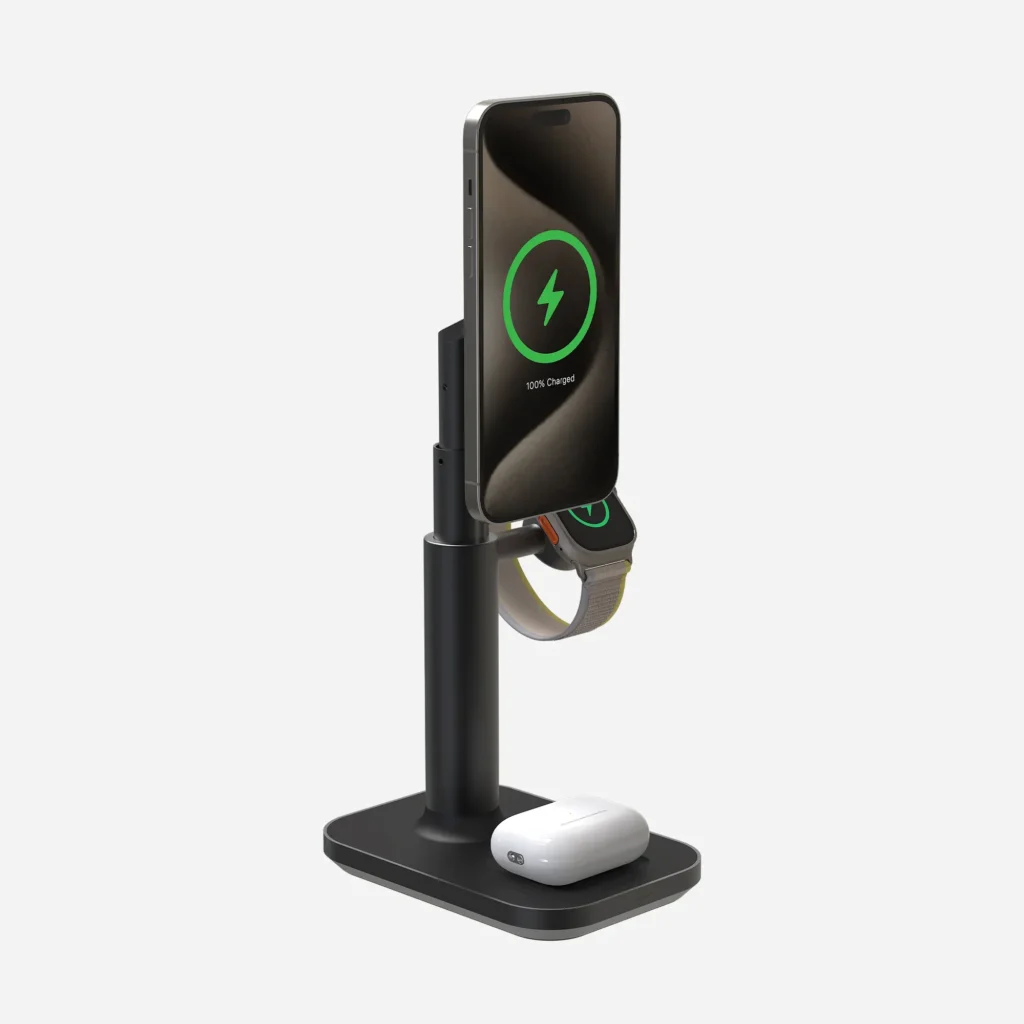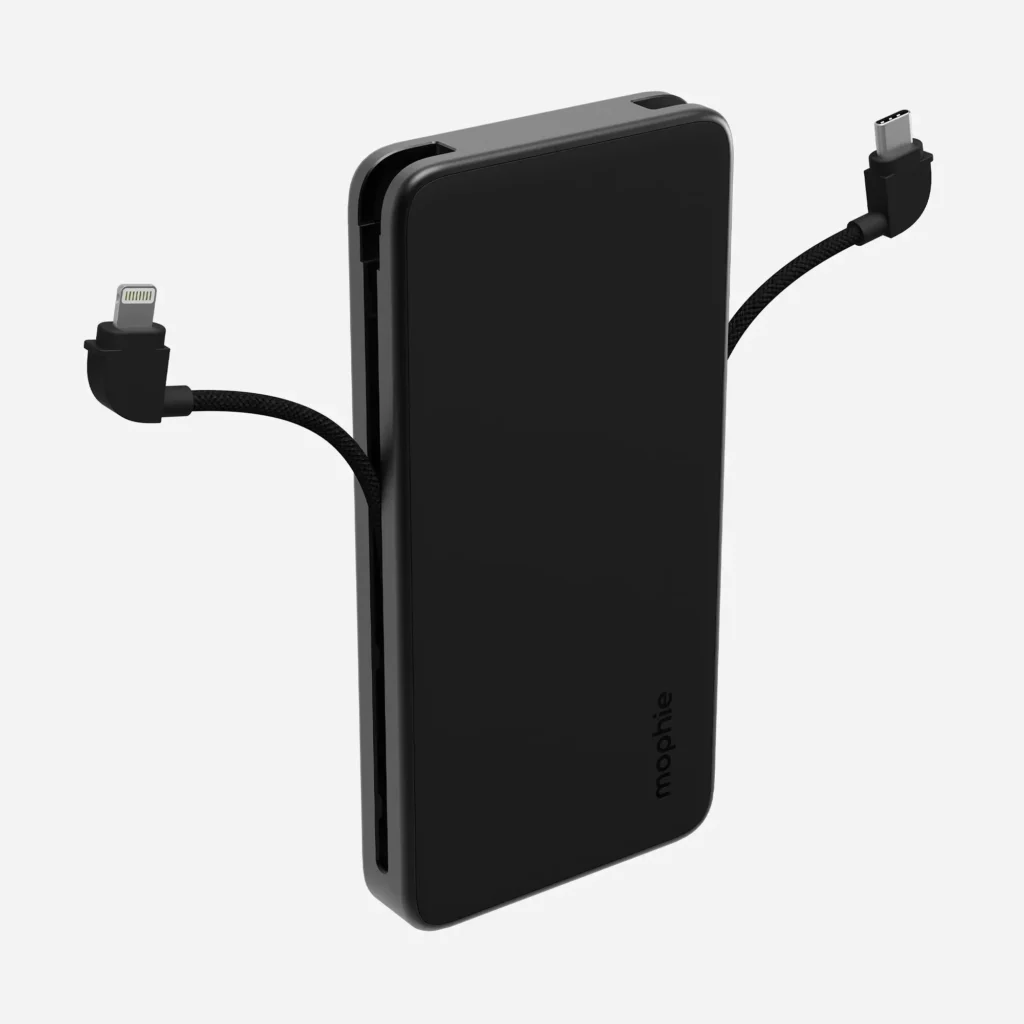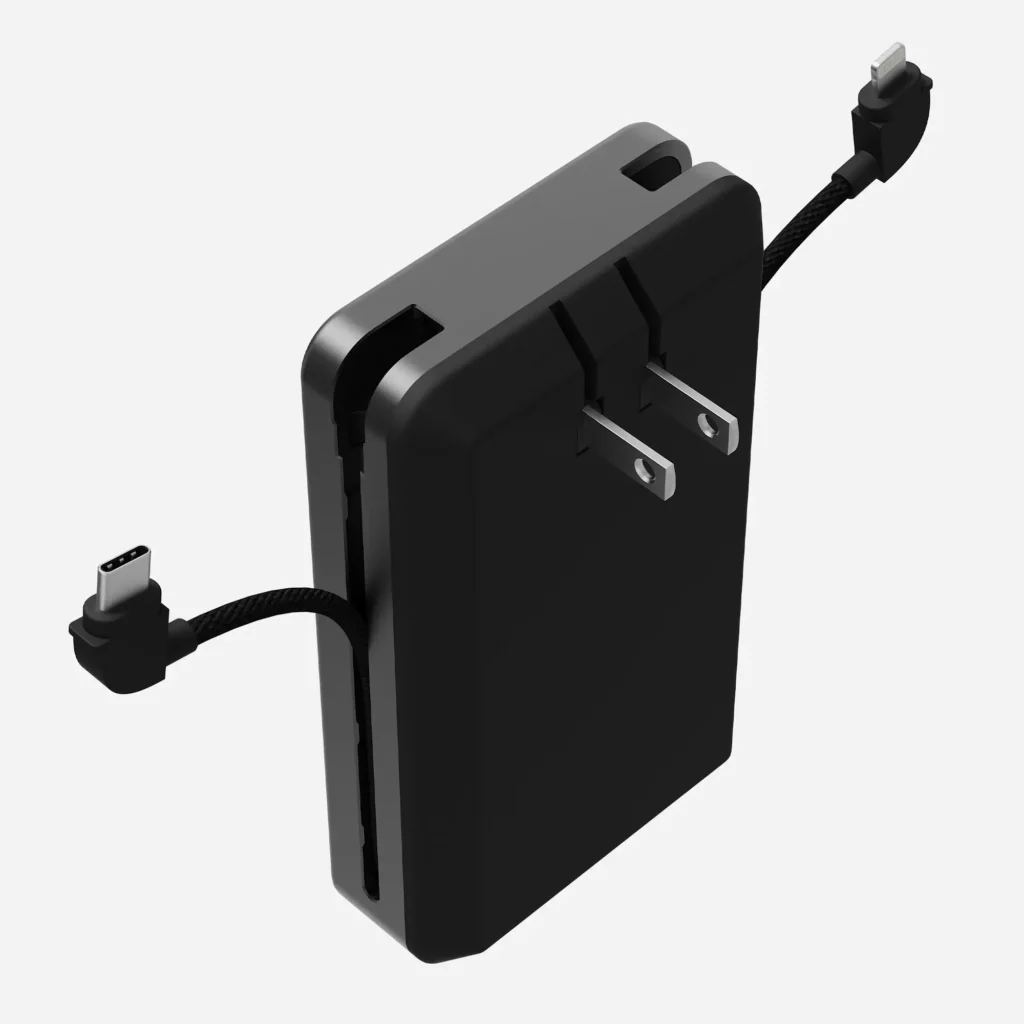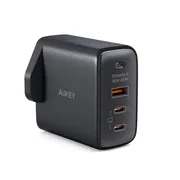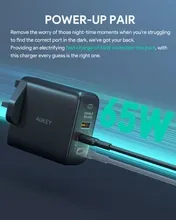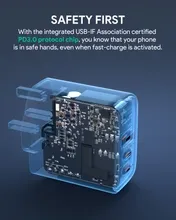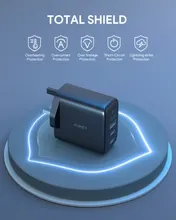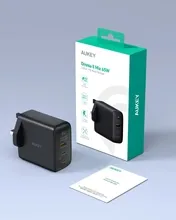Best iPhone Charger , In today’s fast-paced world, smartphones have become our essential companions, and the iPhone is the most powerful, attractive, and desirable device on the market. However, all that power is useless if your iPhone isn’t charged. With the growing need for faster charging and more efficient devices, choosing the best charger for your iPhone has become more important than ever.
While it may seem like plugging your phone into any charger will do, the right charger can affect your iPhone’s charging speed, battery health, and overall lifespan. That’s why, in 2025, choosing the best iPhone charger isn’t just a matter of convenience—it’s a matter of ensuring the longevity of your device.
In this detailed guide, we’ll go into detail about the types of iPhone chargers, the features that matter most when choosing them, and some of the best chargers available on the market this year. Whether you’re looking for speed, portability, or convenience, this guide will help you make an informed decision.
Why Choosing the Right iPhone Charger Matters
1. Charging Speed
Best iPhone Charger One of the most important factors to consider when choosing an iPhone charger is charging speed. iPhones have evolved in terms of battery life and performance, but as apps become more demanding and usage increases, faster charging has become essential. With Apple’s fast charging technology, many new iPhone models can charge from 0% to 50% in just 30 minutes using a 20W charger. A slow charger will not only be frustrating but will also increase the time you’re tied to an outlet, which is something no one wants in today’s busy lifestyle. A quality charger ensures that your device can recharge quickly and efficiently.
2. Battery Health
Using a low-quality or incompatible charger can degrade the health of your iPhone’s battery over time. Slow charging or overcharging can cause battery cycles to deteriorate, causing the battery to wear out faster than with a high-quality charger.
Apple has implemented battery management features that protect the battery from overcharging and overheating, but the charger you use still plays an important role. Choosing the right charger means protecting the long-term health of your battery, ensuring that your device lasts as long as possible before it needs a replacement.
3. Safety
Safety is of utmost importance when it comes to charging any device. Poor-quality chargers—especially counterfeit ones—can be dangerous. Poorly manufactured chargers can pose a risk of overheating, short-circuiting, or catching fire. Cheap third-party chargers may not have the protective circuits necessary to prevent these problems.
Reputable brands prioritize safety by incorporating multiple layers of protection, including over-voltage protection, temperature control, and short-circuit prevention. With the growing number of fire-related incidents caused by counterfeit products, safety should be your top concern when choosing a charger.
4. Convenience
Don’t forget the convenience factor. A reliable charger ensures that you don’t have to look for an outlet when your iPhone’s battery is dying. Whether you’re charging at home, at work, in the car, or while traveling, a good charger can easily fit into your lifestyle.
A charger that is portable, multi-functional, or wireless can be the perfect solution for people on the go. It’s all about having the right device for the job at the right time.
Types of iPhone Chargers Available
There are a variety of chargers available for your iPhone, each with its own benefits and use cases. Understanding these options will help you choose the best charger for your charging needs.
1. Wired Chargers
The most common and traditional type of charger, wired chargers usually come with a Lightning cable (the iPhone’s charging port). These chargers provide the most reliable and consistent charging experience. Many of them now come with USB-C connectors, allowing for faster charging than the older USB-A to Lightning cable.
Fast charging is supported via a USB-C to Lightning cable, and these chargers are capable of delivering up to 20W of power for the new iPhones.
2. Wireless Chargers
Wireless charging uses Qi technology, which allows your iPhone to charge without having to plug in a cable. Simply place your iPhone on the charging pad, and it will begin charging.
However, wireless chargers are slower than wired options, and their efficiency can be lower depending on the alignment of the device on the pad. However, they offer an unmatched level of convenience, especially for charging overnight or charging at your desk.
3. MagSafe Chargers
Introduced with the iPhone 12 in 2020, MagSafe charging uses magnets to perfectly align your iPhone with the charging coil. MagSafe chargers are much faster than regular wireless chargers and allow charging speeds of up to 15W with compatible iPhones.
MagSafe chargers are convenient and ensure that your phone charges efficiently without having to manually adjust it. They also come with a strong magnet that holds the phone securely in place, which is especially useful when using your phone while charging.
4. Power Banks
Power banks are portable external batteries that you can carry with you so you can charge your iPhone when you’re not near an outlet. They’re perfect for traveling, camping, or emergency situations when you need to charge without access to an electrical socket.
A good power bank can charge your iPhone multiple times and can even support fast charging if it’s equipped with the right ports.
Best iPhone Chargers of 2025
Here are our top picks for the best iPhone chargers available in 2025, based on speed, reliability, and value for money
1. Apple 20W USB-C Power Adapter
- Best For: Official and reliable fast charging
- Pros:
- Official Apple accessory
- Guarantees fast charging for iPhone models
- Compact and durable
- Compatible with other Apple devices like iPads and Macs
- Cons:
- No charging cable included
- Slightly higher price point
Apple’s official 20W USB-C Power Adapter is the best choice for anyone who wants guaranteed reliability. Designed specifically for iPhone models, this charger delivers optimal fast charging speeds while protecting your device’s battery health.
2. Anker PowerPort III Nano 20W
- Best For: Budget-conscious users seeking fast charging
- Pros:
- Compact design
- 20W fast charging
- Affordable and cost-effective
- Small and lightweight
- Cons:
- Single charging port
- May get warm with heavy use
Anker is renowned for its high-quality, budget-friendly tech accessories. The PowerPort III Nano is ultra-compact, offers fast charging capabilities, and fits in your pocket or bag with ease.
3. Belkin Boost Up Wireless Charging Pad 10W
- Best For: Those who prefer wireless charging
- Pros:
- 10W wireless charging
- Sleek, minimalist design
- Non-slip surface for stability
- Qi-certified for universal compatibility
- Cons:
- Slower than wired charging
- Requires correct phone placement for fast charging
The Belkin Boost Up Wireless Charging Pad is ideal for those who value convenience and don’t mind the slower speeds associated with wireless charging. It’s sleek, elegant, and provides 10W of wireless charging power.
4. Mophie Snap+ Wireless Charger with MagSafe
- Best for iPhone 12 and newer users looking for premium wireless charging
- Pros:
- MagSafe compatible, allowing 15W fast charging
- Compact and portable
- Stylish and premium build
- Strong magnetic attachment
- Cons:
- Higher price tag
- Limited to iPhones with MagSafe support
The Mophie Snap+ Wireless Charger is a fantastic option for iPhone users who own models with MagSafe. It allows for 15W charging, and the magnets ensure that your phone stays perfectly aligned for optimal charging.
5. Aukey Omnia 65W PD Charger
Best For: Multi-device charging
Pros:
- 65W charging power supports multiple devices
- Compact and portable design
- Fast charging for iPhones, MacBooks, and more
- Multiple USB-C and USB-A ports for charging several devices simultaneously
Cons:
- Larger than most single-device chargers
- Premium price point
Frequently Asked Questions (FAQ)
1. What is the fastest iPhone charger?
The Apple 20W USB-C Power Adapter is the fastest official charger for iPhones. It supports fast charging, which allows the iPhone to charge up to 50% in about 30 minutes when paired with a USB-C to Lightning cable. If you have an iPhone 12 or newer, you can also use MagSafe chargers, which provide up to 15W of fast charging, but they are slightly slower than wired options.
If you’re looking for third-party options, the Anker PowerPort III Nano 20W is an excellent budget-friendly alternative offering similar charging speeds.
2. Can I use any charger to charge my iPhone?
Technically, yes, you can use any charger with the correct cable (e.g., USB-C to Lightning or Lightning to USB-A) to charge your iPhone. However, not all chargers are created equal. Cheap third-party chargers might not provide the same level of safety or performance as official Apple products. Low-quality chargers can potentially overheat, damage the battery, or result in slower charging speeds.
It’s recommended to use chargers that are MFi (Made for iPhone) certified or from reputable brands like Apple, Anker, Belkin, and Aukey for the best performance and safety.
3. What is MagSafe, and is it better than wireless charging
MagSafe is a charging technology introduced by Apple with the iPhone 12. It uses magnets built into the back of the iPhone and the charger to ensure a perfect alignment, improving charging speed and efficiency compared to regular wireless charging.
MagSafe chargers support 15W fast charging for iPhone models that have MagSafe compatibility (iPhone 12 and newer). In contrast, regular wireless chargers typically provide 5W to 10W of charging power. So, MagSafe is faster than standard wireless charging, but not as fast as wired charging (which can provide up to 20W).
4. Can I charge my iPhone wirelessly if it doesn’t support MagSafe?
Yes! You can still charge your iPhone wirelessly if it’s compatible with Qi wireless charging. All iPhones from the iPhone 8 onward support Qi wireless charging, though the charging speed will be slower compared to wired or MagSafe charging.
While MagSafe is a faster form of wireless charging, standard Qi wireless chargers are still a good option for convenience, especially if you’re just looking to top off your battery overnight or while working at your desk.
5. How long does it take to charge an iPhone with a 20W charger?
With a 20W charger, the iPhone 12 and newer models can charge from 0% to 50% in about 30 minutes. If you are charging from 0% to 100%, it typically takes about 1.5 to 2 hours, depending on usage and whether you’re using the phone while charging.
It’s worth noting that charging speeds can slow down after reaching 80%. This is due to the iPhone’s battery management feature, which reduces the charging speed to prevent battery wear.
6. What’s the difference between USB-A and USB-C chargers?
The main difference between USB-A and USB-C is the connector type and the power they deliver. USB-A is the traditional rectangular connector, while USB-C is smaller, reversible, and supports faster charging speeds and higher data transfer rates.
For iPhones, USB-C to Lightning cables allow for faster charging speeds, especially if you’re using a USB-C Power Delivery (PD) charger, which can deliver up to 20W of charging power. USB-A chargers typically provide slower charging speeds (usually around 5W to 12W), but they are still common in older devices or car chargers.
7. Is it safe to use third-party iPhone chargers?
While it’s generally safe to use third-party chargers, it’s essential to choose ones from trusted and certified manufacturers. Look for MFi (Made for iPhone) certification, which ensures the charger is built to Apple’s standards.
Cheap, unbranded, or counterfeit chargers can be dangerous as they may lack essential safety features like over-voltage protection, temperature control, and short-circuit prevention. These chargers can lead to overheating, battery damage, or even fires. Always prioritize safety and reliability when purchasing third-party chargers.
8. Can I use an iPad charger for my iPhone?
Yes, you can use an iPad charger to charge your iPhone, as long as you have the correct Lightning cable. iPads typically come with 12W to 18W chargers, which are more powerful than the standard 5W iPhone chargers. Using an iPad charger can result in faster charging for your iPhone, but it’s important to note that charging speed will still be limited by the iPhone’s built-in battery management.
Using a higher-wattage charger won’t harm your device, as iPhones are designed to accept the power they need. For fast charging, the Apple 20W USB-C Power Adapter would be your best bet.
9. Why does my iPhone stop charging at 80%?
Apple uses a feature called Optimized Battery Charging to protect your battery from excessive wear and extend its lifespan. When enabled, the phone learns your charging habits and will stop charging at 80%, only completing the last 20% closer to when you typically unplug it.
If you need your iPhone charged fully immediately, you can disable this feature by going to Settings > Battery > Battery Health and turning off Optimized Battery Charging.
10. How can I maximize my iPhone battery life while charging?
To maximize your iPhone’s battery life, here are some tips
- Avoid charging in extreme temperatures (too hot or cold).
- Use the right charger that supports fast charging (20W or more).
- Enable Optimized Battery Charging to prevent the battery from constantly being at 100%.
- Don’t use your iPhone while it’s charging for long periods, as this can generate excess heat and affect the battery.
- Unplug your phone once it reaches 100%, or let it charge in short bursts throughout the day.
Conclusion: Which iPhone Charger is Right for You?
Choosing the best iPhone charger in 2025 isn’t a one-size-fits-all solution. Your ideal charger will depend on factors such as whether you prioritize charging speed, convenience, portability, or safety.
- For official fast charging and peace of mind, the Apple 20W USB-C Power Adapter is the way to go.
- If you’re looking for a budget-friendly, compact option, the Anker PowerPort III Nano is hard to beat.
- For those who prefer the convenience of wireless charging, the Belkin Boost Up or Mophie Snap+ with MagSafe are excellent choices.
- If you need to charge multiple devices simultaneously, the Aukey Omnia 65W PD Charger offers both high power and port versatility.
Ultimately, the best iPhone charger is one that suits your lifestyle, charging habits, and preferences, all while providing safe and efficient charging for your device.
